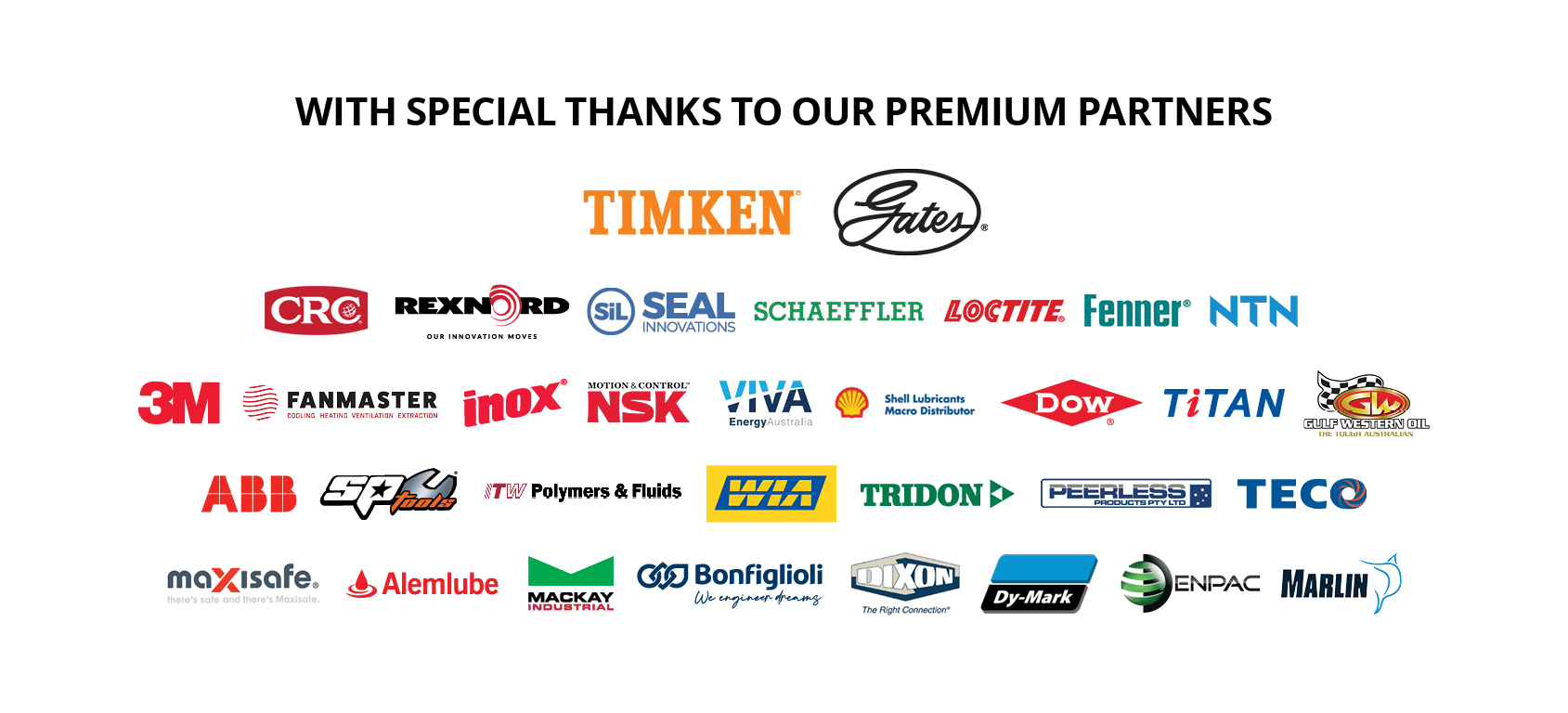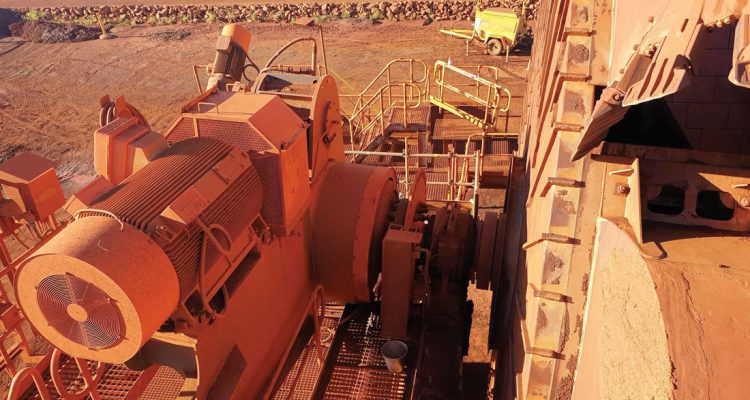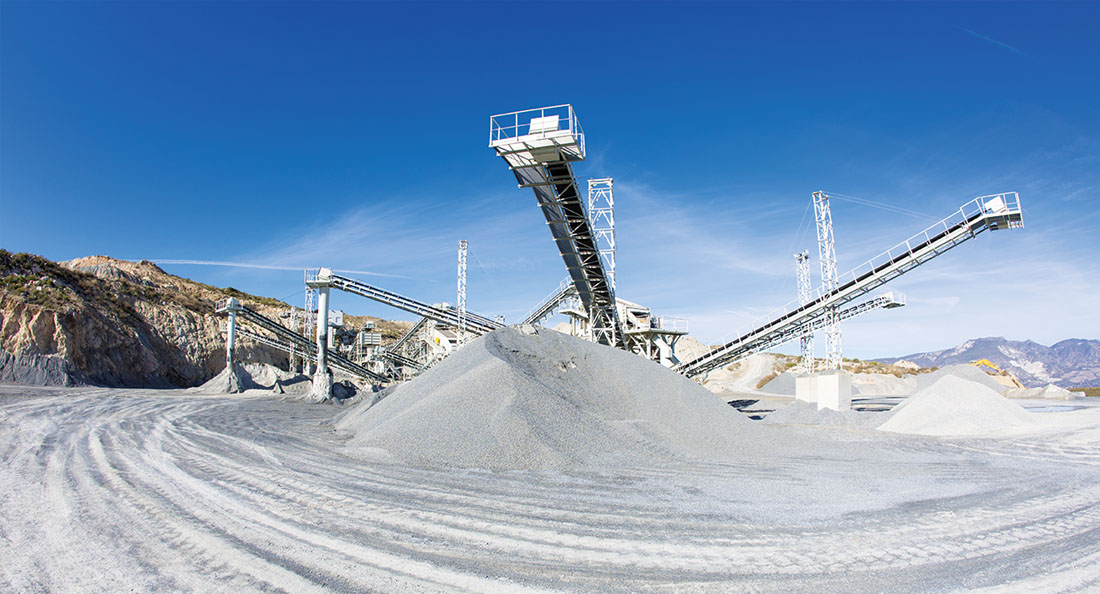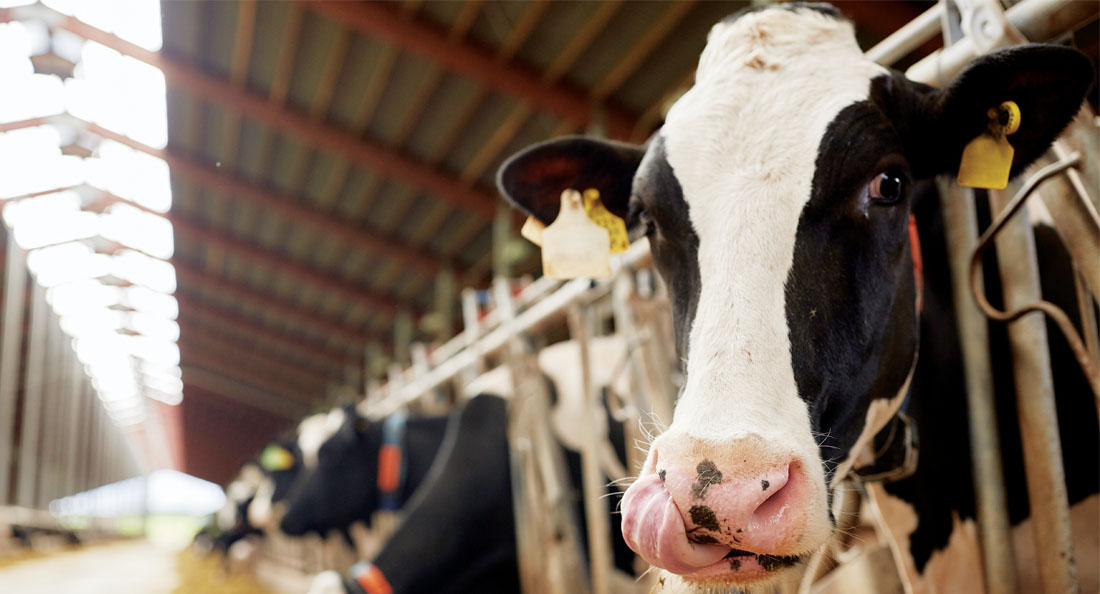Bucket wheel reclaimers play an integral role in the iron ore sector. They are also vulnerable to contamination from dust and other particulates that cause problems to their functionality.
As CBC engineer, Harrison Hart, explains, if a bucket wheel reclaimer fails and causes downtime, this can cost hundreds of thousands of dollars in lost production. Which is why his role at CBC focuses on providing the iron ore sector with robust products and extensive servicing to prevent failure of critical machinery such as the bucket wheel reclaimer.
Based in Western Australia, more than 80 per cent of the work that Harrison is involved with centres around the iron ore segment. While challenging, he feels privileged to work in a role where he provides a range of services to customers – from the design of solutions to their implementation.
When it comes to bucket wheel reclaimer, Harrison says a dual lip seal cover can provide protection to the bearings, which are essential to the equipment’s function.
“One of the major challenges faced by our customers in the iron ore industry is contamination. This leads to reduced component life and increased downtime. The harsh service conditions in the iron ore industry present a unique challenge to machinery operators, due to the abrasive nature of the ingress. Because of this, it is important to protect the bearings because small component failures can shut down the whole reclaimer. This causes downtime and large-scale repairs that could have been avoided,” he explains. “The dual lip seal cover – bucket wheel reclaimer application, is a product that utilises dual lip seals, a labyrinth path and wear elements to ensure the consistent sealing performance of bucket wheel pedestal bearings.”
According to Harrison, the seal is added on to existing components to provide additional environmental protection. It’s also designed in a way that will allow for sacrificial pieces to wear away first so that it can be easily replaced, which translates to reduce downtime in the mines.
The dual lip seal cover is particularly suited to iron ore applications because of its sealing performance – it keeps iron ore out of the bearings.
“It is used to seal the support bearings that hold a bucket wheel reclaimer wheel in place,” says Harrison. “Unlike other seals, our products have two lip seals. Similar covers in the sector utilise a single v-ring seal rather than the extremely durable polyurethane lip seals used in our covers. The outer lip seal also prevents washdown from entering and removing grease from the labyrinth path.”
This dual lip seal cover also allows for easy maintenance because of its split design, which means all the components can be replaced in-situ.
“It also does not require the removal of drive componentry to access the parts. Inspection ports allow for regular testing of grease samples and wear elements can be replaced to increase the life of the cover and retain sealing effectiveness,” Harrison explains.
As part of his role, Harrison and other engineers working with CBC, provide routine maintenance inspections to clients to help them keep the bucket wheel reclaimers working to an optimal level.
“We have a long history of running routine maintenance inspections on a yearly schedule. We inspect bearings on the bucket wheel shaft, assess its condition and provide guidance for the planning of future maintenance or replacement. We also provide installation support where we guide the site throughout the installation process to ensure the product is given the best opportunity of success,” Harrison elaborates. “Additionally, we provide failure analysis. We determine why a bearing has failed and use this knowledge to improve current designs or guide recommendations. We’re always working on ways to make our portfolio of bucket wheel products better.”
One of Harrison’s customers includes BHP, where covers were installed with dual lip seals in October 2017.
“Following an inspection this year, some of the wearing components were replaced as designed and the seal had worked well keeping contamination out of the housing. As designed, the sealing elements had worn and were replaced as the sacrificial piece but overall the parts were working well.”




